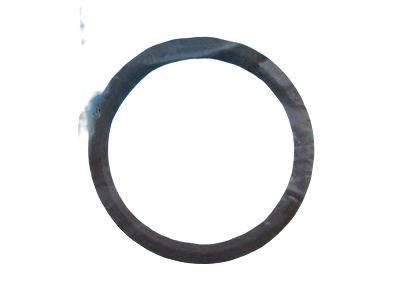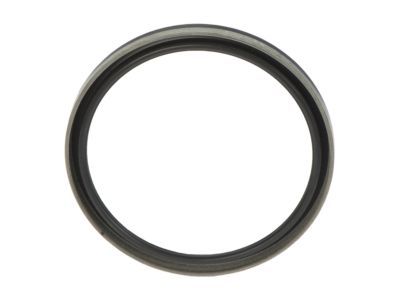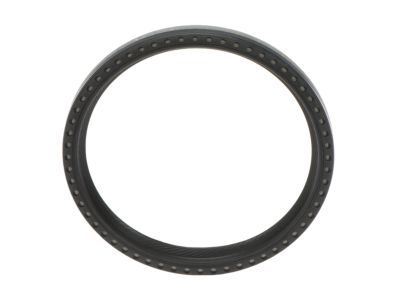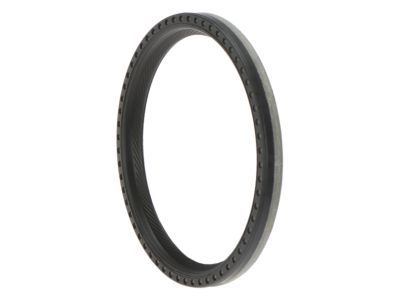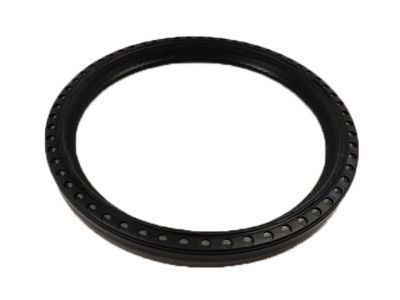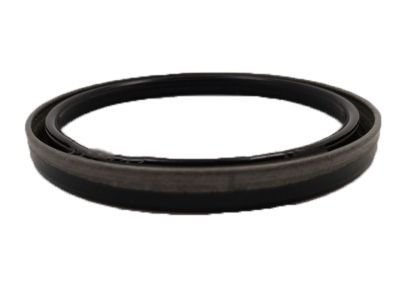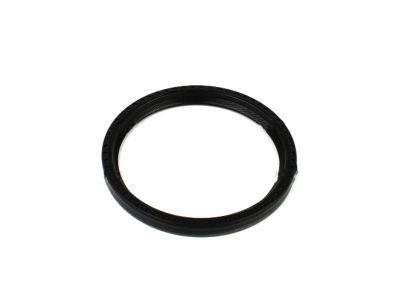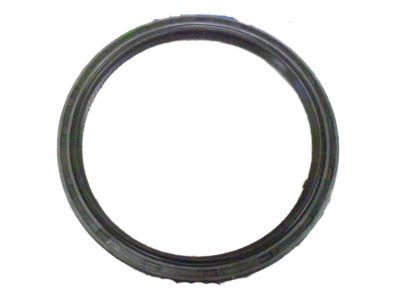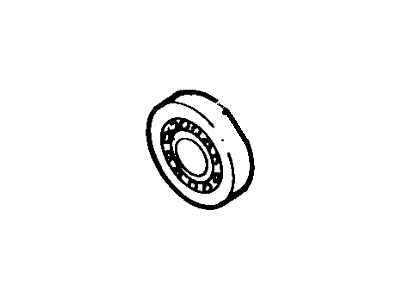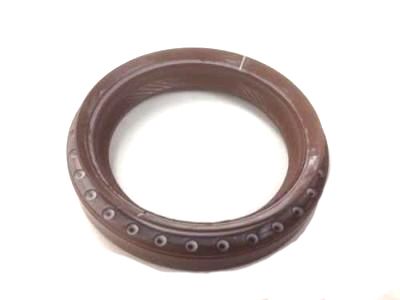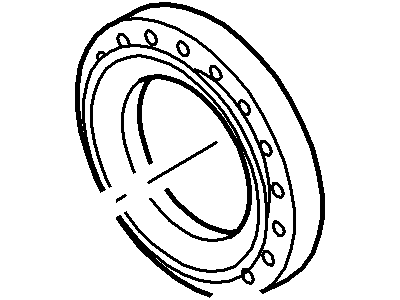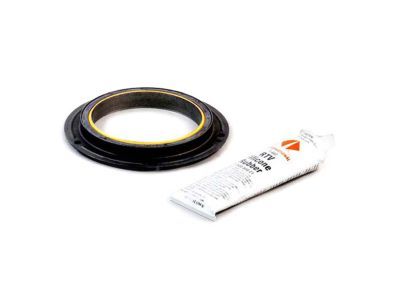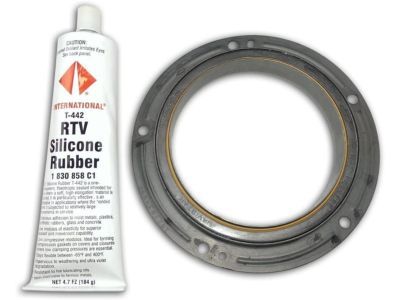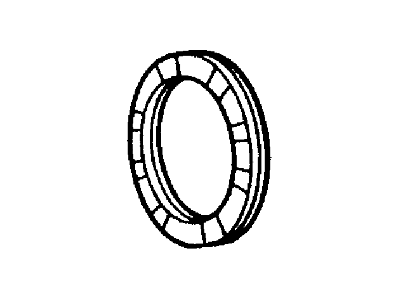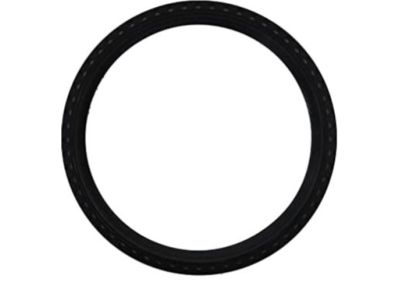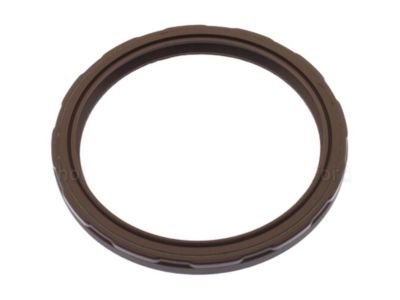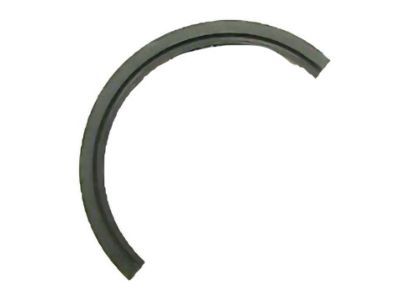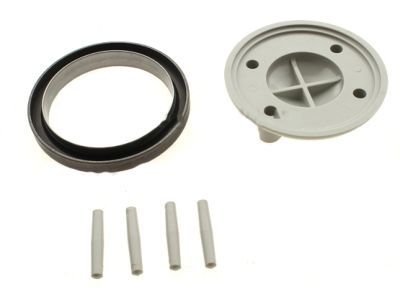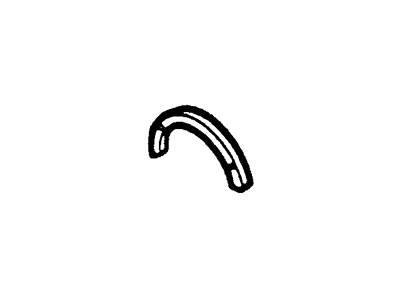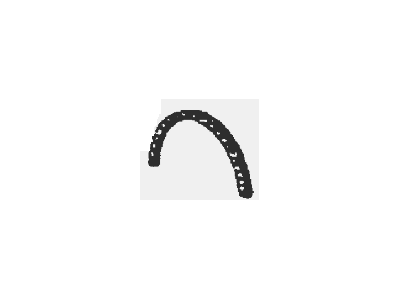

My Garage
My Account
Cart
Genuine Ford F-250 Crankshaft Seal
- Select Vehicle by Model
- Select Vehicle by VIN
Select Vehicle by Model
orMake
Model
Year
Select Vehicle by VIN
For the most accurate results, select vehicle by your VIN (Vehicle Identification Number).
10 Crankshaft Seals found
Ford F-250 Seal Assy - Crankshaft Oil
Part Number: E5ZZ-6701-A$15.47 MSRP: $21.14You Save: $5.67 (27%)Ford F-250 Seal Assy - Crankshaft Oil
Part Number: F4AZ-6701-A$28.74 MSRP: $41.65You Save: $12.91 (31%)Ships in 1-2 Business DaysFord F-250 Seal Assy - Crankshaft Oil
Part Number: F1SZ-6701-A$44.32 MSRP: $66.67You Save: $22.35 (34%)Ships in 1-2 Business DaysFord F-250 Seal Assembly - Crankshaft Oil - Front
Part Number: XW4Z-6700-AA$10.85 MSRP: $15.45You Save: $4.60 (30%)Ford F-250 Seal Assembly - Crankshaft Oil
Part Number: F4TZ-6701-A$77.63 MSRP: $113.50You Save: $35.87 (32%)
Ford F-250 Crankshaft Seal
Ford F-250 Crankshaft Seal is an important part attached at the front of the motor engine with special function of preventing oil from leaking out of the crankcase. Being one of the round seals, it is usually manufactured from metal rubber making it very essential in lubricating the engine which in turn prevents friction and wear of the engine's working parts. Throughout the years there have been many styles used in the Crankshaft Seal in the Ford F-250 models with most of the changes being in the material and the construction to improve the strength and performance. This component may degrade over time and calling for replacement especially in vehicles that have high mileage, Bearing damage can also cause oil leaks hence it is advised to replace it so as to improve the performance of the engine. Maintenance of the Crankshaft Seal should be done on a regular basis for the Ford F-250 to serve its users for an extended period.
We provide a wide range of Ford F-250 Crankshaft Seal at the best prices possible. If you need Ford F-250 Crankshaft Seal, you can shop with confidence on our website. All our OEM parts come with a manufacturer's warranty and are delivered to your door step with a fast delivery service.
Ford F-250 Crankshaft Seal Parts Questions & Experts Answers
- Q: How to replace the crankshaft oil seals in V8 engine on Ford F-250?A:Before replacement of the front oil seal, you should drain the cooling system and then also remove the fan shroud, the radiator, the fan as well as the pulley. On 7.5L engines, remove the final drive belt. Next, unscrew the big nut and washer from the crankshaft nose but make sure that the crankshaft will not turns. Using a good puller, remove the vibration damper, then by the use of chisel and hammer, remove the old seal from the Timing Cover and from the crank shaft as well. Sweep the groove in the cover, apply motor oil in the circumference of the new sealing ring, and then insert it in place together with a seal driver or a large socket, making sure the spring is rightly placed. Engine oil should be applied on the crankshaft nose, the inner part of the vibration damper, including the seal seat, and keyway of the damper hub should be coated with RTV sealant. Position the damper keyway in line with the crankshaft key; engage the damper and bolt and washer and tighten to the specified torque rating. After removal, the operations are in the opposite sequence of installation; the next steps for the engine are refilling with oil and coolant and running through of the leak test whereby the engine is started immediately after installation. Regarding the rear main oil seal, all the VB engines up to 1983 used a two part seal while starting from 1984 the engines used a one part seal, apart from the 7.5L engine which remained using the two part seal. To change the two-piece seal, one will have to drop the Oil Pan to have access, loosen the main bearing cap screws by about ¼ turn, and then pull the rear main bearing cap to pull out the oil seal. To remove the part of the seal in the block, one will require a small sheet metal screw and it should not be used with force considering the delicate crank shaft surfaces. Remove carbon deposits and dirt from the grooves in the cap and block, coat the new seal halves with clean engine oil and fit the upper seal with the lip at the front of the engine and it should project as per the standard. Torque the main bearing cap bolts, fit the lower seal in the cap, use some RTV sealant on the surfaces that touch each other and put back the rear main bearing cap in such a way that the seals will align well. Closely torque the cap bolts, fit the oil pan and the Oil Pump and then carry on with the reverse procedure. Last but not the least, add the oil and coolant in the engine and look for any sign of leakage once the engine has been started.
Related Ford F-250 Parts
Browse by Year
1999 Crankshaft Seal 1998 Crankshaft Seal 1997 Crankshaft Seal 1996 Crankshaft Seal 1995 Crankshaft Seal 1994 Crankshaft Seal 1993 Crankshaft Seal 1992 Crankshaft Seal 1991 Crankshaft Seal 1990 Crankshaft Seal 1989 Crankshaft Seal 1988 Crankshaft Seal 1987 Crankshaft Seal 1986 Crankshaft Seal 1985 Crankshaft Seal 1984 Crankshaft Seal 1983 Crankshaft Seal 1982 Crankshaft Seal 1981 Crankshaft Seal 1980 Crankshaft Seal
